School Highlights
Waldorf University serves 4,092 students (72% of students are full-time).
The college's student:teacher ratio of 15:1 is lower than the state community college average of 17:1.
Minority enrollment is 50% of the student body (majority Black), which is more than the state average of 32%.
Quick Stats (2025)
- Enrollment: 4,092 students
- Private-state tuition: $20,316
- Acceptance Rate: 72%
- Student:teacher ratio: 15:1
- Minority enrollment: 50%
- Source: Verified school update
Top Rankings
Waldorf University ranks among the top 20% of public schools in Iowa for:
Category
Attribute
Diversity
School Overview
The teacher population of 274 teachers has stayed relatively flat over five years.
Waldorf University
(IA) Community College Avg.
Carnegie Classification
Master's Colleges & Universities: Medium Programs
Not applicable, not in Carnegie universe (not accredited or nondegree-granting)
Institution Level
Four or more years
At least 2 but less than 4 years
Institution Control
Private for-profit
Private not-for-profit
Total Faculty
274 staff
274 staff
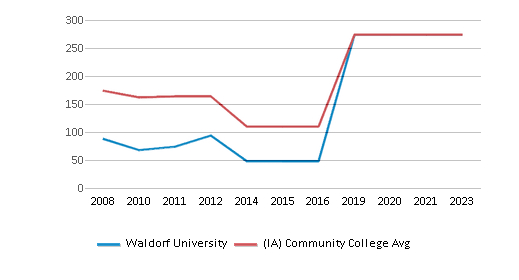
School Calendar
Student Body
The student population of Waldorf University has grown by 33% over five years.
The student:teacher ratio of 15:1 has increased from 11:1 over five years.
The Waldorf University diversity score of 0.73 is more than the state average of 0.52. The school's diversity has grown by 28% over five years.
Total Enrollment
4,092 students
163 students
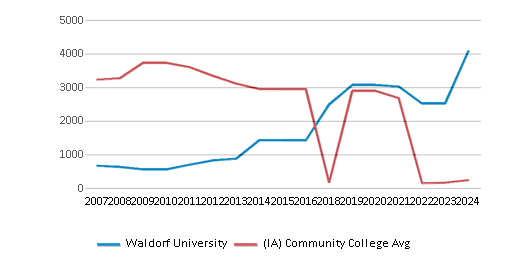
Student : Teacher Ratio
15:1
17:1
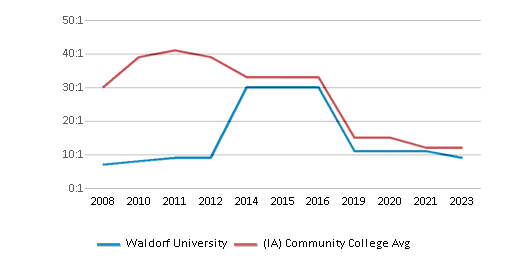
# Full-Time Students
2,955 students
148 students
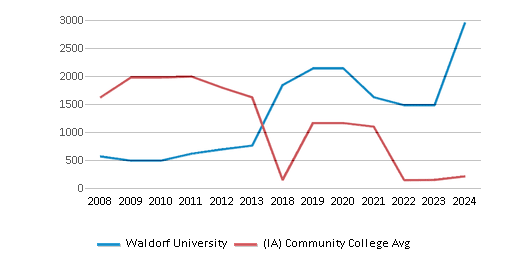
# Part-Time Students
1,137 students
1,992 students
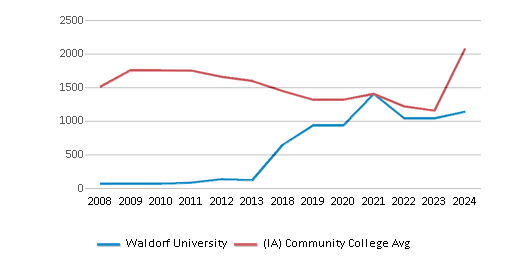
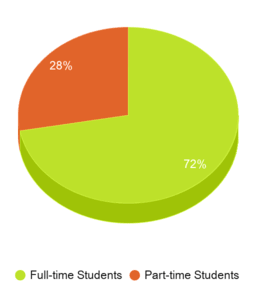
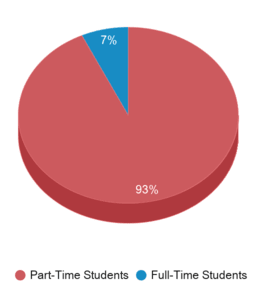
# Enrollment Undergraduate
333 students
333 students
# Full-Time Undergraduate Students
2,200 students
148 students
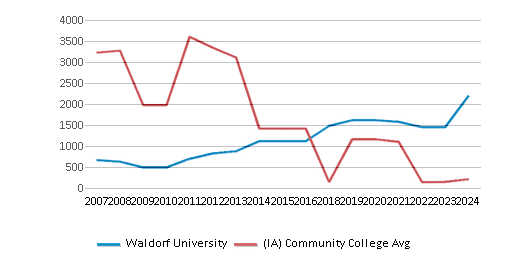
# Full-Time Graduate Students
755 students
61 students
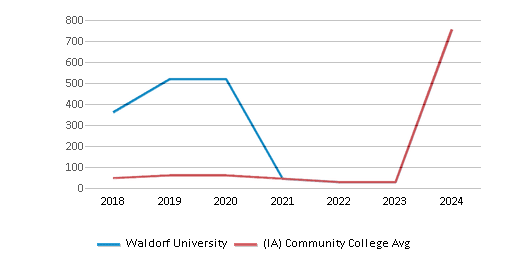
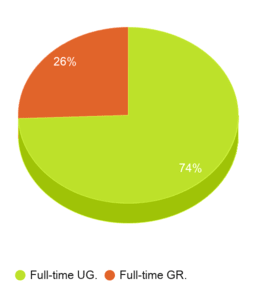
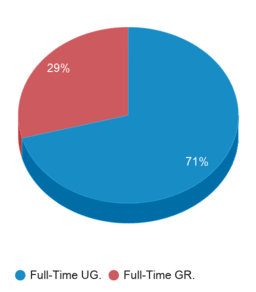
# Part-Time Undergraduate Students
1,137 students
2,075 students
# Part-Time Graduate Students
403 students
403 students
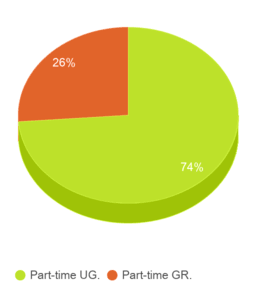
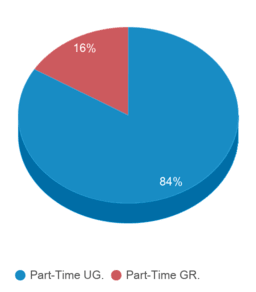
Total Dormitory Capacity
493 students
400 students
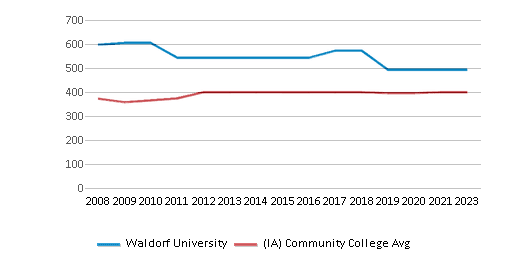
% American Indian/Alaskan
1%
n/a
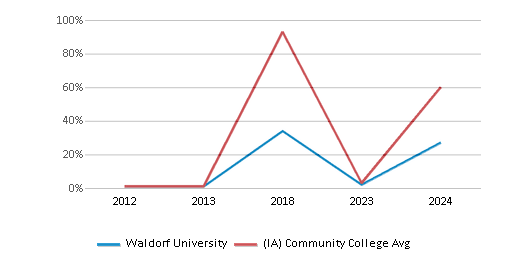
% Asian
2%
3%
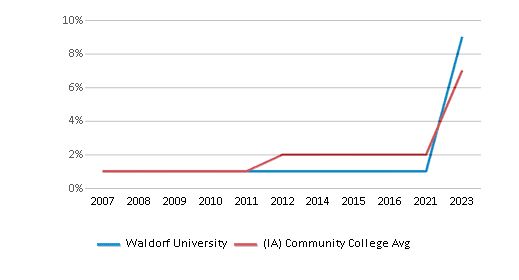
% Hispanic
3%
9%
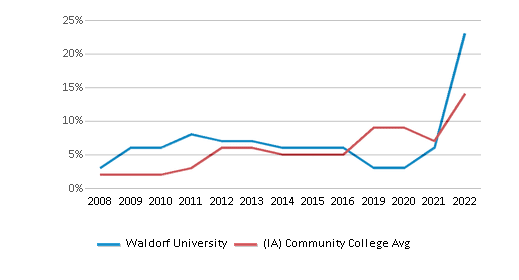
% Black
12%
7%
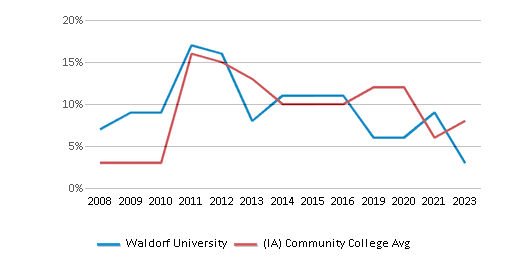
% White
50%
68%
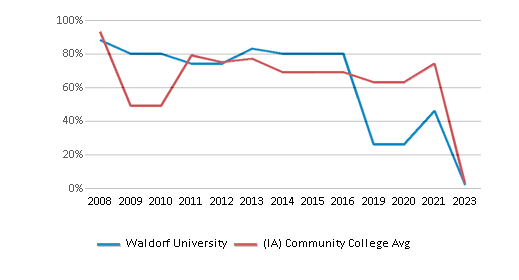
% Hawaiian
1%
1%
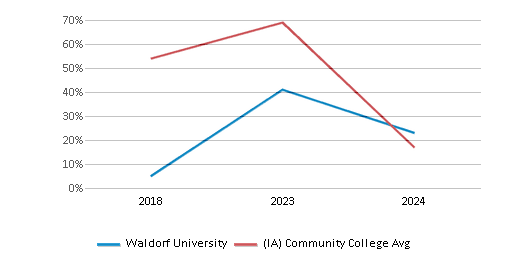
% Two or more races
3%
3%
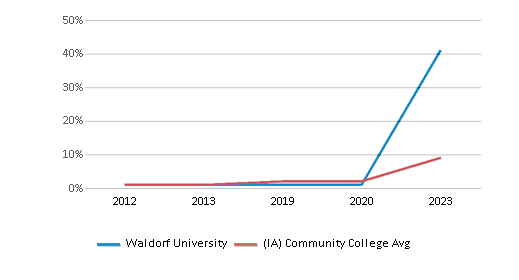
% Non Resident races
1%
1%
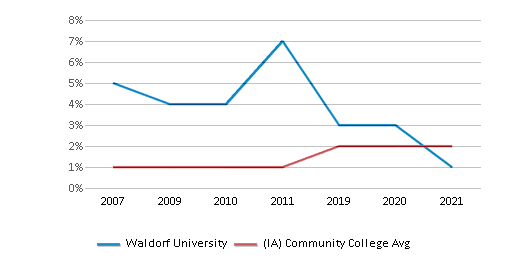
% Unknown races
28%
8%
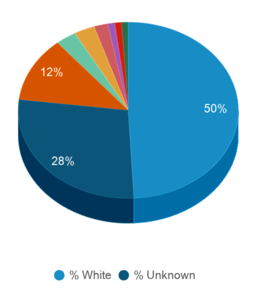
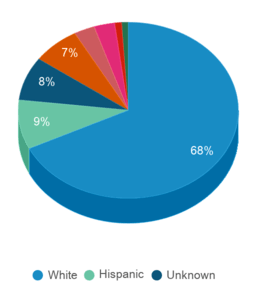
Diversity Score
0.73
0.52
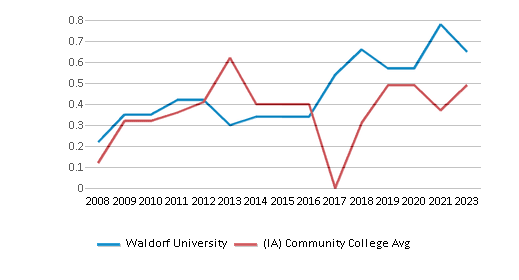
College Completion Rate (Students who graduate in less than 4 years)
n/a
0.5143%
College Completion Rate (Students who graduate in 4 years or more than 4 years)
0.2578%
0.2578%
Average Graduate Earnings (10 Years)
$37,700
$33,600
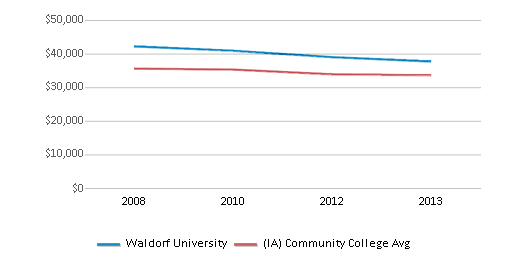
Tuition and Acceptance Rate
The private state tuition of $20,316 is more than the state average of $17,086. The private state tuition has declined by 12% over four years.
Private State Tuition Fees
$20,316
$17,086
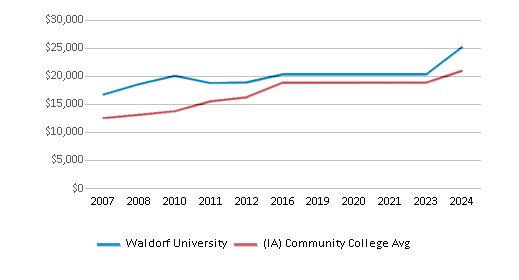
% Students Receiving Some Financial Aid
97%
93%
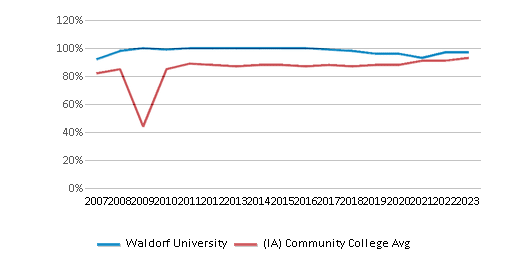
Median Debt for Graduates
$18,800
$11,250
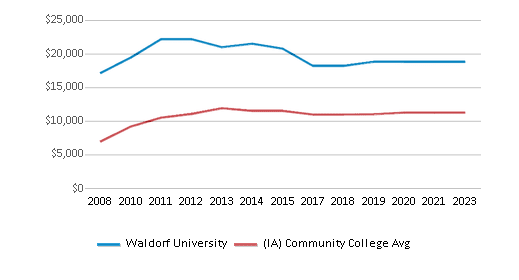
Median Debt for Dropouts
$7,125
$5,500
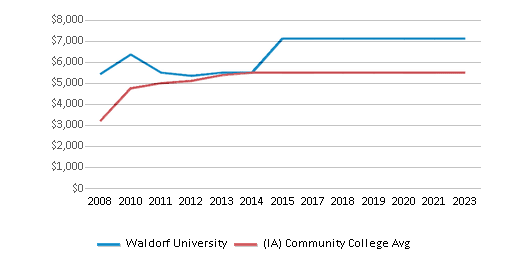
Acceptance Rate
72%
72%
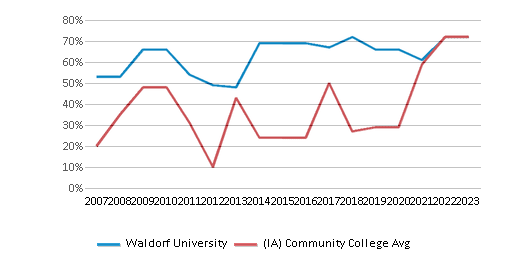
SAT Reading
510
510
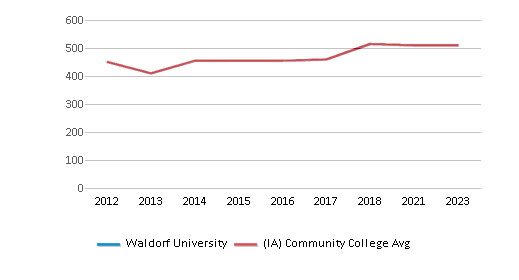
SAT Math
505
505
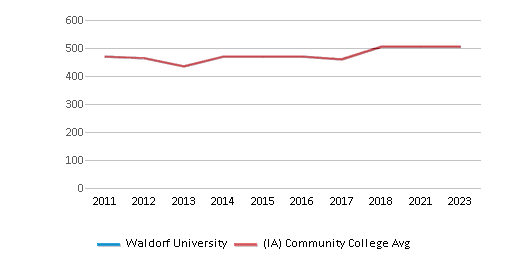
SAT Writing (Year 2011)
445
445
ACT Composite
19
19
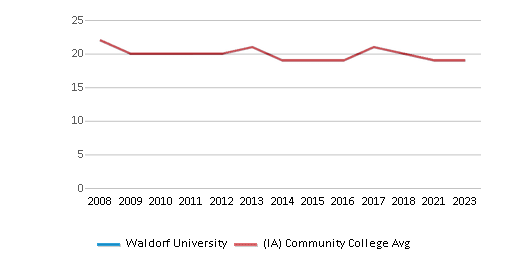
ACT English
19
19
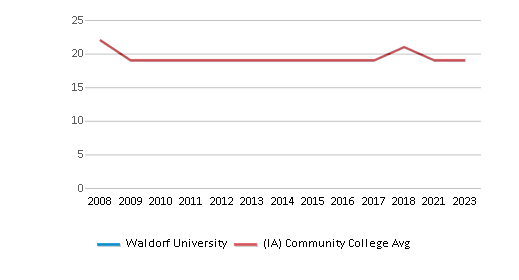
ACT Math
18
18
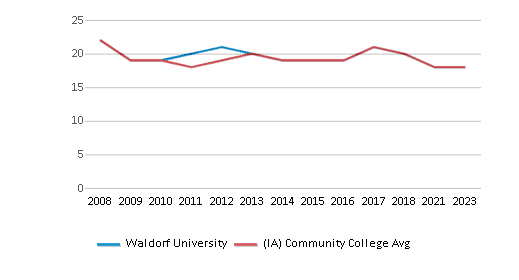
Source: 2024 (or latest year available) Integrated Postsecondary Education Data System (IPEDS) , School Administrators
Frequently Asked Questions
How much does Waldorf University cost?
Waldorf University's private state tuition is approximately $20,316.
What is the acceptance rate of Waldorf University?
The acceptance rate of Waldorf University is 72%, which is equal to the state average of 72%.
What is Waldorf University's ranking?
Waldorf University ranks among the top 20% of community college in Iowa for: Diversity in US community colleges.
Recent Articles

Obtaining Your Bachelor's Degree at a Community College
Explore the evolving landscape of community colleges offering bachelor's degrees, addressing affordability, accessibility, and workforce needs.

A to Z of Community College Certificates and Courses
From business and healthcare to technology and skilled trades, the article showcases the breadth of options available to students seeking to enhance their knowledge, develop new skills, or pursue career advancement.

What is a Community College?
This comprehensive guide explains what a community college is, its history, and its role in higher education. It covers the types of programs offered, differences from four-year colleges, benefits of attending, and important considerations for prospective students, providing valuable insights for those exploring educational options.









